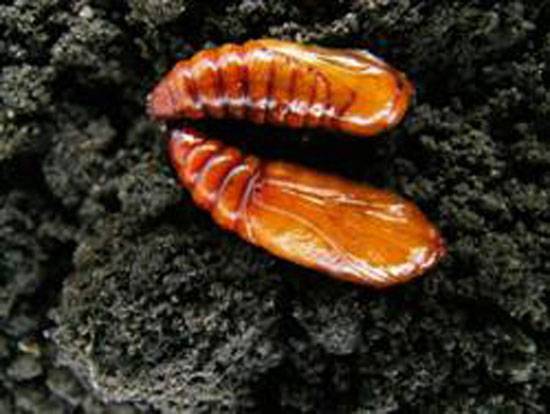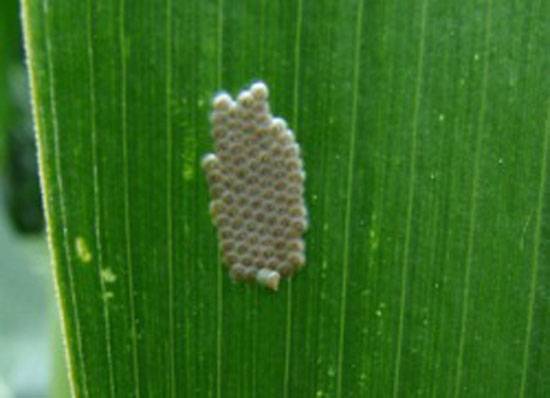Onion
Spodoptera

Spodoptera
Spodoptera exigua

Spodoptera
Spodoptera exigua

Spodoptera
Spodoptera exigua

Spodoptera
Spodoptera exigua
Onion cutworms, particularly the common cutworm (Agrotis ipsilon) and the beet armyworm (Spodoptera exigua), are significant pests in onion cultivation. These caterpillars can cause severe damage to onion plants by feeding on leaves, leading to reduced yields and compromised plant health. Understanding their life cycle and symptoms of infestation is crucial for effective management and control strategies.
Onion Cutworm: A Brief Overview
Symptoms of Infestation:
- Young caterpillars scrape the leaf surface, resulting in a ragged appearance.
- Larger caterpillars create irregular holes in the leaves or consume them entirely (Photo 1).
Life Cycle:
Egg Stage:
- Females lay pale greenish or pinkish striated eggs in masses, covered with a white, cottony material (bristles from the female's body) (Photo 2).
- Each egg mass contains 50-150 eggs, measuring about 0.7 mm in diameter.
Larval Stage:
- Upon hatching, larvae initially stay together but later spread out, with one or two larvae per plant due to cannibalistic behavior.
- The larval stage consists of five instars. Initially, they are pale green or yellow, later turning dull green with wavy, light-colored stripes and a broader dark brown stripe above (Photo 3).
- Mature larvae can grow up to 30 mm long.
Pupal Stage:
- Pupation occurs in the soil, where they form light brown earthen cocoons that measure 15-20 mm in length.
- The pupal stage lasts for 6-9 days.
Adult Stage:
- Adults emerge at night as small, mottled grey or dusky-winged moths (Photo 4).
- A female can lay between 300 and 600 eggs during her life cycle, which lasts about 25 days.
Identifying Features:
- Eggs: Clusters of reddish-brown eggs are typically laid on the lower portions of young plants.
- Larvae: Brownish-green with wavy lines on the dorsal surface and yellow lateral stripes.
- Pupae: Found in the soil within earthen cocoons.
- Adults: Brown moths with white hindwings, which are active at night.
By recognizing the symptoms of onion cutworm infestations and understanding their life cycle, farmers can take timely action to manage these pests effectively, ensuring healthy onion crops and optimal yields.
